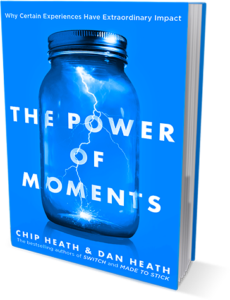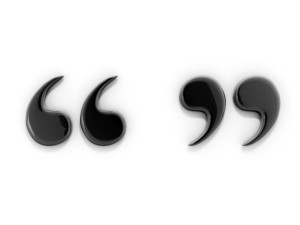Blogging for Business Outside Your Own

“Can authors write characters whose experiences are outside of their own?” That’s the very question posed by Diana M. Pho in her article “Through the Looking Glass” in Writer’s Digest. Writing across difference is important, she says, since “the best fiction has the ability to transport readers into another’s shoes and make readers consider a new perspective.”
Pho identifies three different approaches to writing about matters which extend beyond one’s own identity:
- “Invaders” act without responsibility, focusing on the “exotic” and on stereotypes.
- “Tourists” are deeply interested in the subject and try not to impose their own biases.
- “Guests” strive for authenticity and strive to gain expertise and attribute knowledge to the proper authorities.
As head of a team of professional content writers, I have been thinking a lot about the outsourcing of business blog content writing. Companies are making great efforts to express their personal brand. Can a writer who is not educated in the client’s particular field produce copy that is an authentic expression of the client’s ideas, personality, and expertise?
In fact, I’m sometimes asked how we “do it”. It takes two things, I respond: research and good hearing. A ghost blogger uses a ‘third ear” to understand what the client wants to say and to pick up on the client’s unique slant on his/her business or profession. Far from functioning as invaders or even tourists, we strive for authenticity. What keeps us going is the learning. For us, in order for us to create a valuable ongoing blog for your business, it’s going to take as much reading and research as writing.
On the other hand, while it’s true that the dominant trend in business blogging is outsourcing (the obvious reason being that few business owners or professional practitioners have the time to create and post blogs with enough frequency to attract the attention of search engines), different clients prefer different levels of help vs. DIY.
At one end of the spectrum, the business owner might want certain employees to receive corporate blogging training so that they can then take over the function of business blog writing. At the opposite extreme a company might turn over to a business blogging service the entire effort of crafting the message and maintaining the consistent posting of corporate blog content.
Authors of novels can, indeed, write characters whose experiences are outside of their own identities. Professional blog content writers can come “through the looking glass” to do the same.



 How good an idea is it to use quotations in your business blog? Very good, once you allow for certain caveats. You can use a quote to:
How good an idea is it to use quotations in your business blog? Very good, once you allow for certain caveats. You can use a quote to:
Follow us online!